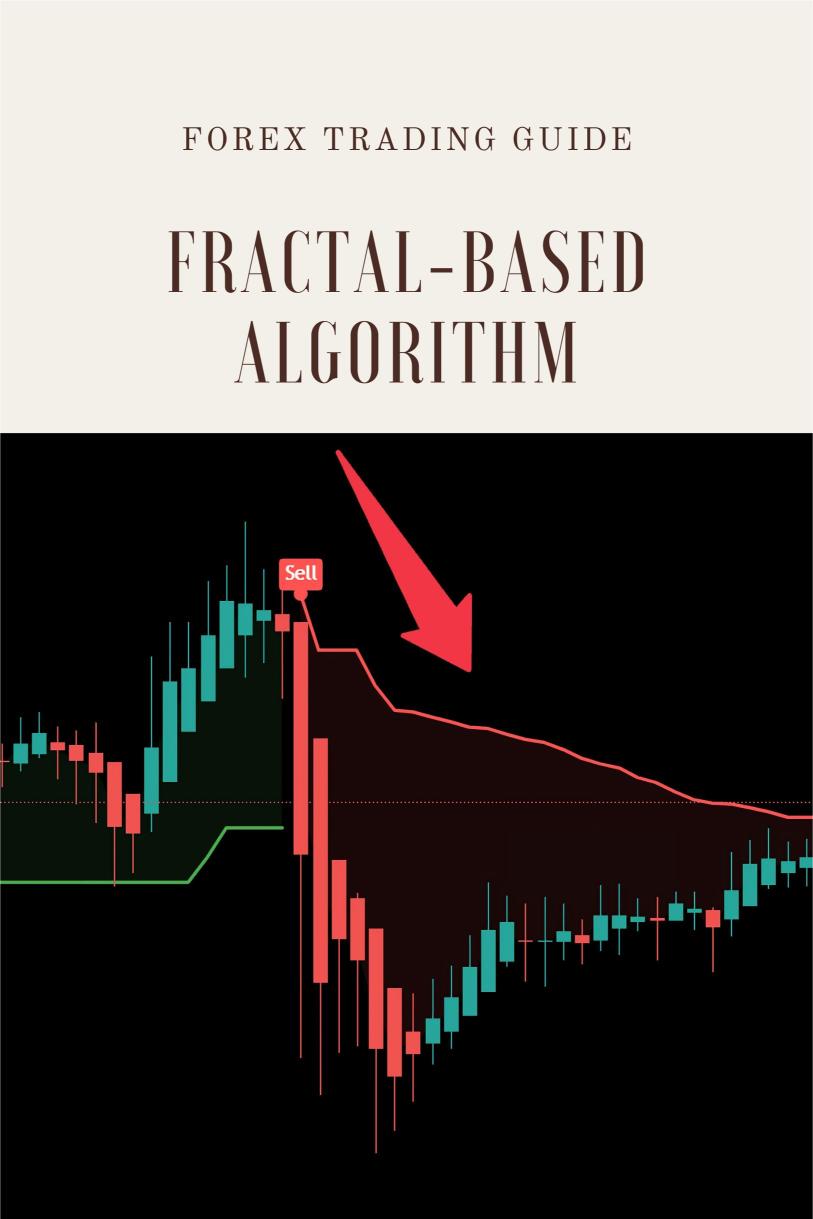Last Updated on February 13, 2025 by Arif Chowdhury
Ever felt lost in the maze of Forex trading?
Wondering how some traders seem to consistently profit while others struggle?
As a seasoned Forex trader since 2015, I’ve faced those same questions.
I’ve dived deep into both fundamental and technical analysis, but my heart lies with the technical side, particularly fractals.
Let’s break down the how-to of developing a fractal-based algorithm for Forex trading.
You’ll gain insights that can transform your trading approach and elevate your success.
What Are Fractals?
Fractals are patterns that repeat at different scales.
In Forex, they help identify market reversals and trends.
Here’s why they matter:
- Market psychology: Fractals reflect trader behavior.
- Predictive power: They can signal potential turning points.
Did you know that around 70% of Forex traders lose money?
Utilizing fractals can significantly improve your odds.
Steps to Develop Your Fractal-Based Algorithm
1. Understand the Basics
Before jumping into coding, grasp the fundamentals of fractals in trading.
Fractals in Forex are typically two types:
- Bullish Fractals: Indicate potential upward price movement.
- Bearish Fractals: Signal possible downward movement.
2. Choose Your Trading Platform
Select a trading platform that supports algorithmic trading.
MetaTrader 4 (MT4) or MetaTrader 5 (MT5) are popular choices.
They offer robust tools and community support.
3. Define Your Strategy
Combine fractals with other indicators for better accuracy.
Consider these pairings:
- Moving Averages: Smooth out price action.
- Bollinger Bands: Highlight market volatility.
Aim for a strategy that minimizes risk while maximizing returns.
Remember, the goal is to develop an algorithm that adapts to market conditions.
4. Coding Your Algorithm
Here’s where the fun begins!
If you’re not a coder, don’t sweat it.
You can find many resources and communities online.
For those who are coding-savvy, start with these basic functions:
- Fractal Detection: Identify fractals in price data.
- Entry and Exit Rules: Define when to enter or exit trades based on fractal signals.
5. Backtest Your Algorithm
This is crucial.
Backtesting allows you to simulate your algorithm against historical data.
You’ll want to test over at least 10-20 years of data to grasp its performance under various market conditions.
I’ve backtested my own 16 trading bots for two decades, and they’ve performed excellently—even in tough markets.
🚀Get this Forex EA Portfolio for FREE from here.
6. Optimize and Adjust
Once you’ve backtested, it’s time to optimize.
Tweak parameters based on performance metrics.
Look for:
- Drawdown: How much you can afford to lose.
- Win Rate: Percentage of winning trades.
7. Risk Management
Never underestimate risk management.
Set stop-loss and take-profit levels to protect your account.
Diversifying your trading portfolio is key.
This is where my 16 trading EAs come into play.
Each EA employs a fractal-based strategy among others, and they’re designed to work across major currency pairs like EUR/USD, GBP/USD, USD/CHF, and USD/JPY.
By using multiple algorithms, you can minimize correlated losses and enhance overall profitability.
8. Go Live
After thorough testing and adjustments, it’s time to trade live.
Start small and scale up gradually.
Monitor your algorithm’s performance and be ready to adjust as needed.
9. Continuous Learning
Stay updated with market trends and continue refining your skills.
Join forums, watch webinars, and read up on the latest strategies.
You can also check out my YouTube channel for valuable educational content and in-depth analysis.
Why Choosing the Right Broker Matters
As you venture into live trading, choosing the right broker is crucial.
Not all brokers are created equal.
You’ll want one that offers tight spreads, fast execution, and excellent customer service.
I’ve rigorously tested several brokers and highly recommend checking out the best ones.
Conclusion
Developing a fractal-based algorithm for Forex trading is a journey worth taking.
With the right tools, knowledge, and mindset, you can transform your trading game.
Don’t forget to explore my 16 trading bots portfolio, which uses advanced strategies to maximize profit while minimizing risk.
Let’s level up together!
